Stiffness Tester Pneumatic TF114
Fabric Stiffness Tester Pneumatic, used for testing the stiffness of fabric by the bending cycle test method of ASTM.
Description
Application
Fabric Stiffness Tester Pneumatic, used for testing the stiffness of fabric by the bending cycle test method of ASTM.
Test Procedure
A plunger of 25.4mm (1 in) diameter pushes the fabric through a 38mm (1.5 in) diameter orifice for a distance of 57mm (2.25 in) in 1.7 seconds and the maximum force is recorded.
Specifications
Pneumatic cylinder
Compressed air is required
Optional Accessories
Digital force gauge 500N, Accuracy: 0.1 N
Weight
| 25 kg |
Power
| 0.4-0.7 Mpa |
Dimensions
| Length: | 430 mm | Width: | 320 mm | Height: | 950 mm |
Standards
| ASTM D4032 |
4 reviews for Stiffness Tester Pneumatic TF114
You must be logged in to post a review.
Use Range
This test method is generally applicable to all types of fabrics, including woven, knitted and nonwovens, of any fiber content.
Test Principle
Use a round loading head to push a piece of flat and folded fabric sample into a platform hole so that the maximum pressure of the fabric sample through the hole is the stiffness of the fabric.
Sample Preparation
Take a sample plate from the sample to be taken about the size of about 102mm*204mm, no damage and defects of sample 5, the sample should be parallel to the length of the sample length direction. Place each sample face down and fold once into 102*102mm squares. After folding, flatten the wrinkles with a sample plate. Hand pressure must be maintained 1min so that the edge to avoid affecting the fabric hardness. All specimens must be maintained for at least 4 hours at 21±1℃ and relative humidity less than 65±2%.
Test Procedure
1 Before testing, check that whether the gas source meets the requirements, and check that the load head and test center hole is coaxial.
2 Speed Adjustment
Turn on the air supply, lift the air pressure adjusting knob upwards, rotate the knob clockwise or counter lock-wise to make the pointer on the barometer indicate at 47Psi(0.324Mpa), then press the knob.
Turn on the switch, when the loading head began to decline at the same time press the stopwatch to start timing when the loading head stops falling at the same time press the stopwatch to stop timing, check whether the time is 1.7±0.3s.
If the speed does not meet the requirements, adjust the left side of the switch flow valve.
3 Press the switch on the thrust gauge to turn on the power of the thrust meter and clear the current value.
4 The sample will be handled flat on the test platform.
5 Turn the switch forward to lower the loading head. After the loading head stops descending, read and record the maximum value of force displayed on the thrust gauge, that is the hardness.
6 Pull the switch backward so that the load head returns to the starting position. Remove the specimen and reset the thrust value to zero.
7 Follow the above steps to test the other four specimens and record the hardness of each specimen, and calculate the average value.
8 Turn the switch backward, the load head to return to the starting position, press ON / OFF to turn off the power of the thrust meter.
As a professional supplier of textile instruments, we are committed to continually improve the user experience, TESTEX Textile Testing Equipment is a reliable choice for testing textile quality.
[contact-form-7 id="16355" title="Inquiry"]



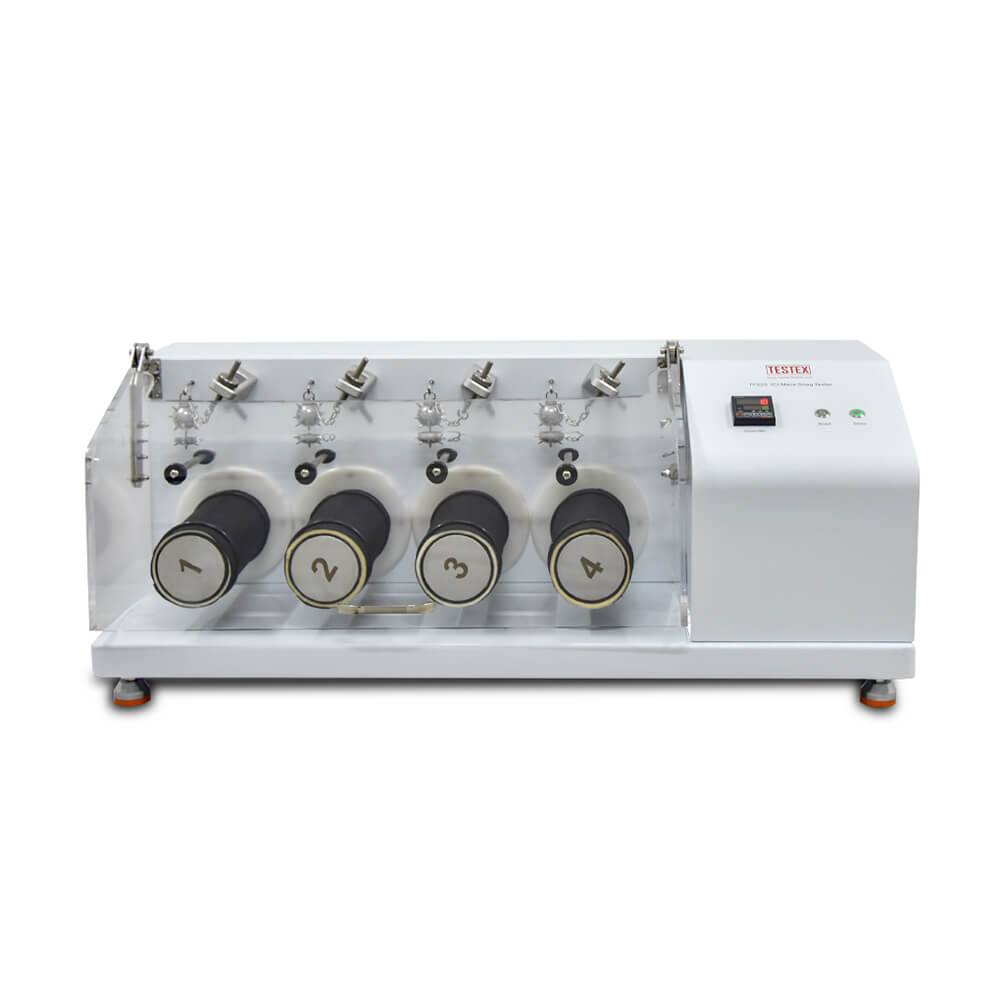
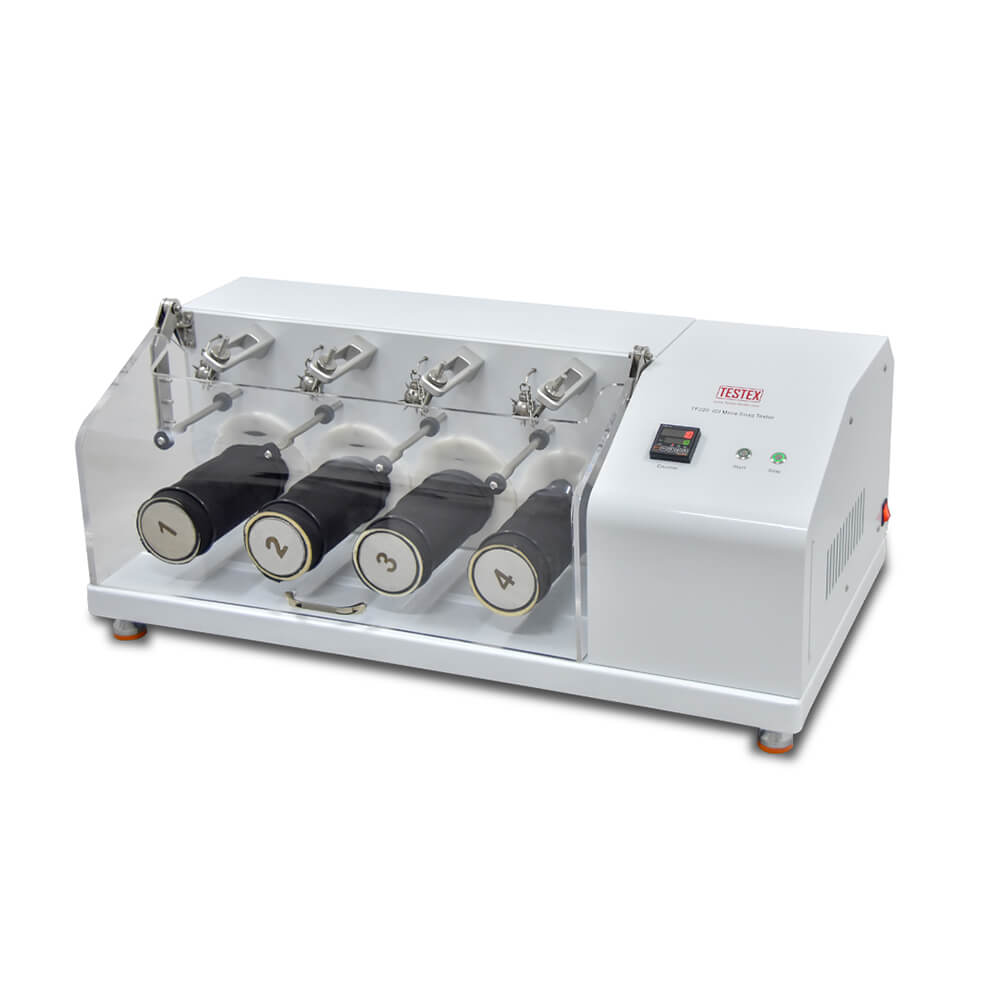
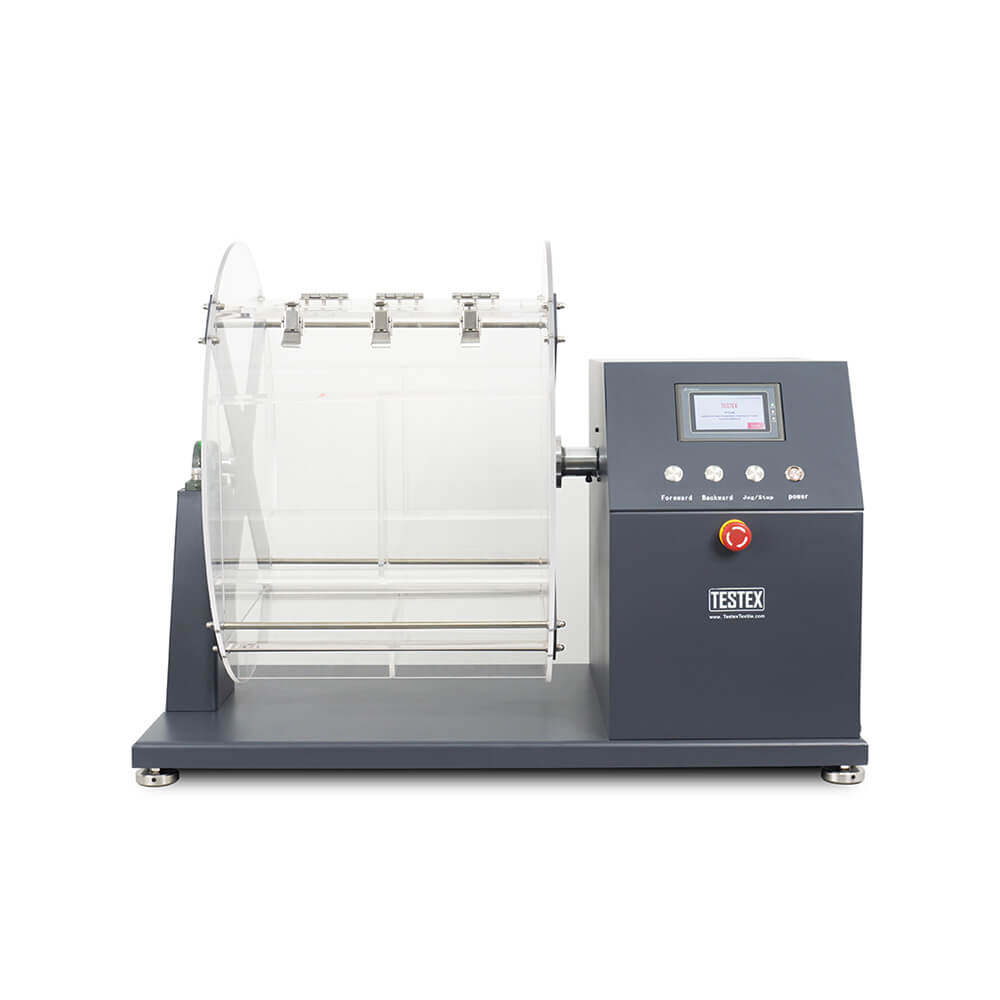
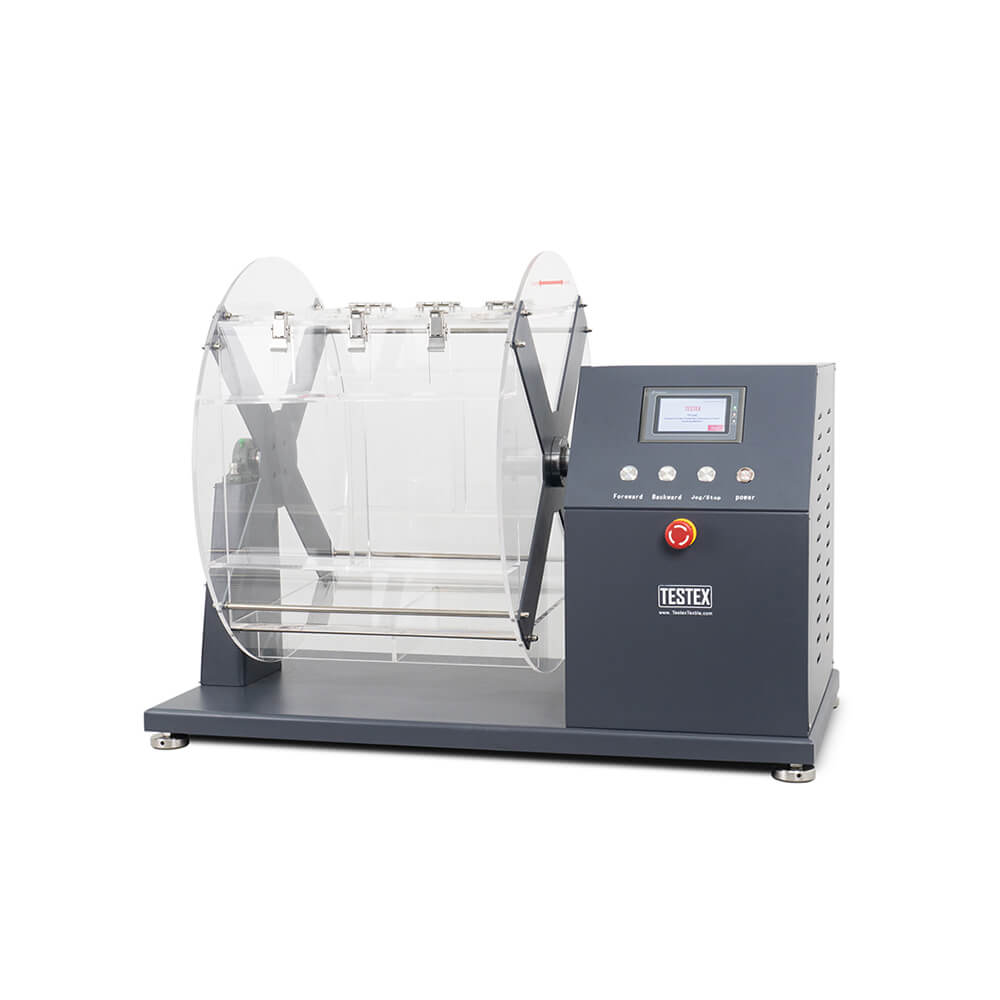
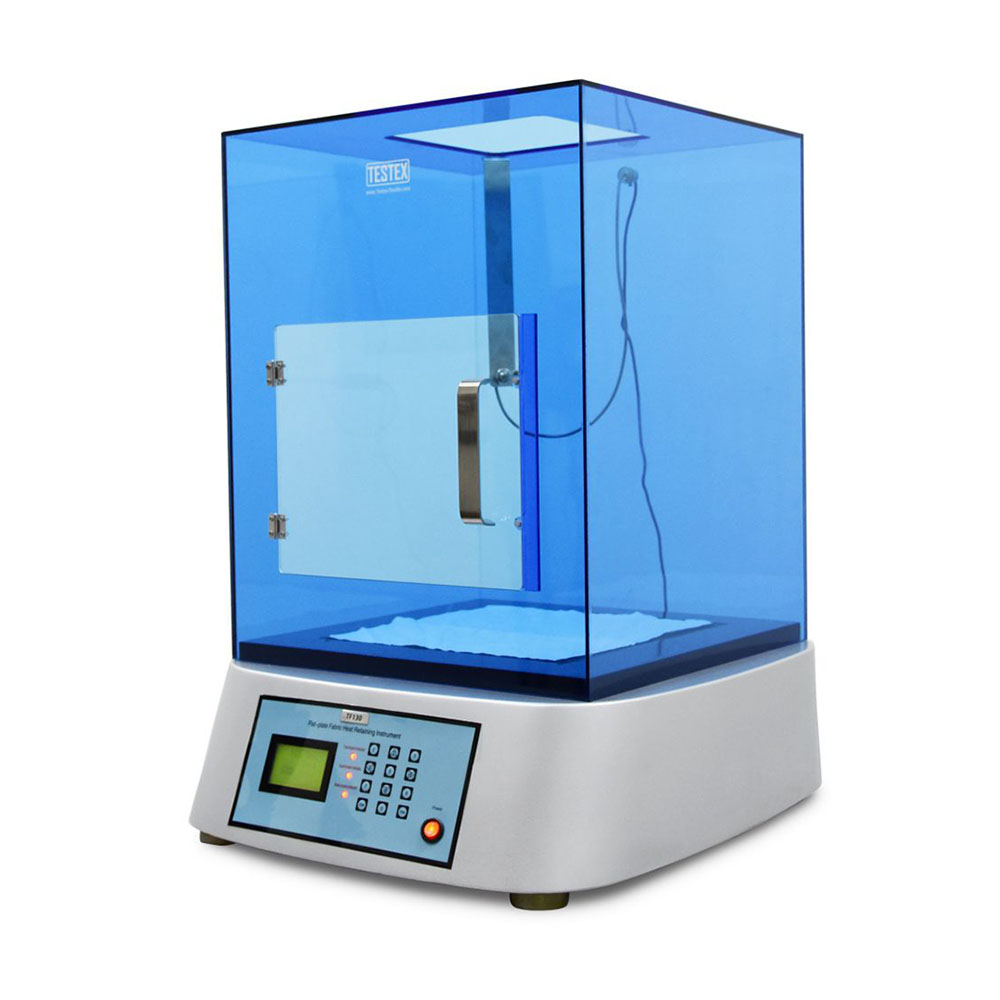
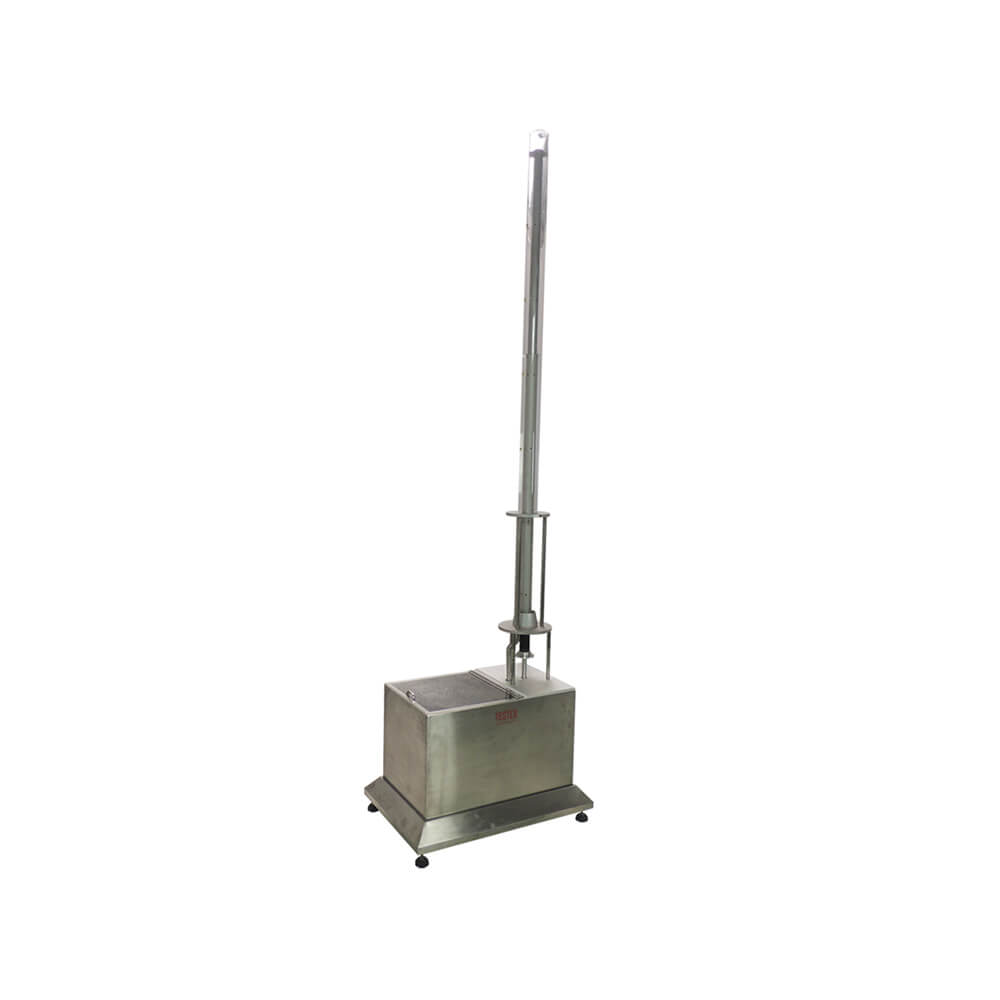
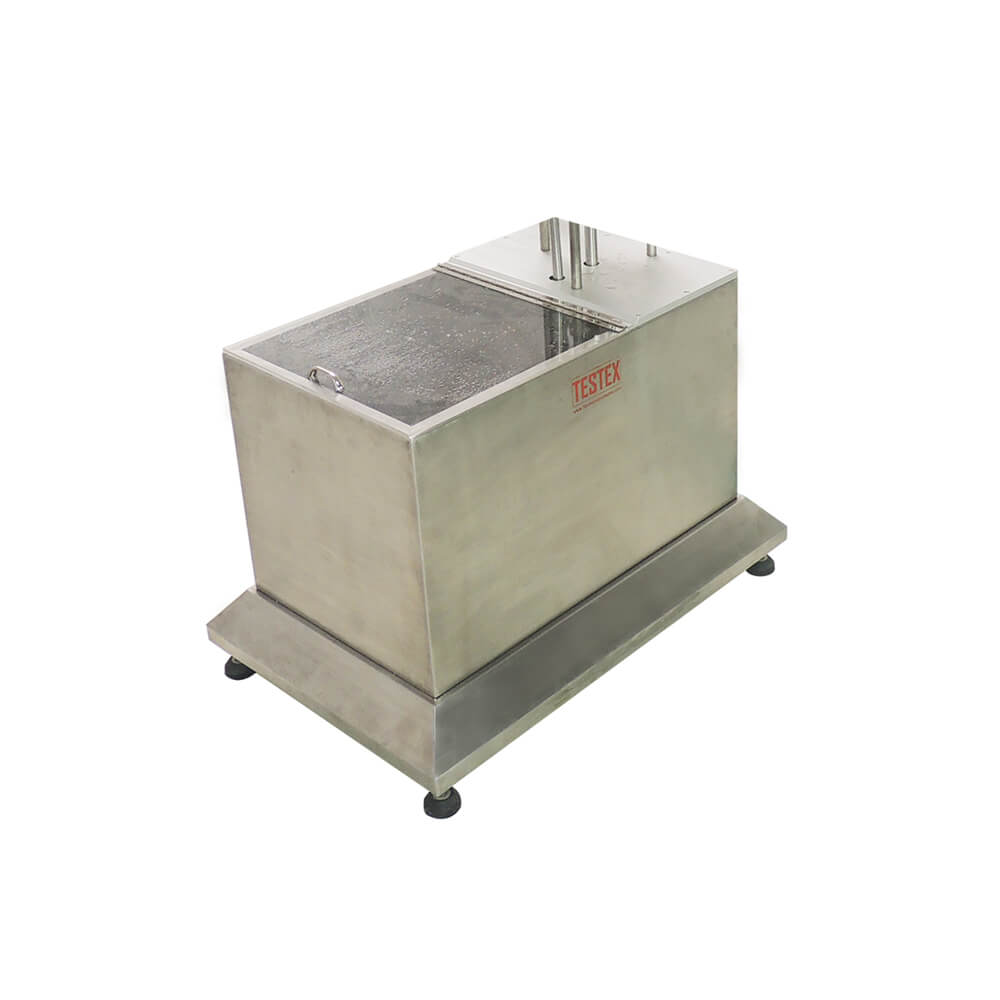
Quintion Robbins –
Easy to use and dead-on accurate.
Channing Gibson –
This was delivered quickly and packaged well.
Primo Bacon –
thanks
Ron Garden –
Excellent seller, good packing, prompt communication and fast delivery. A+++++ rating given.